S.T.A.L.K.E.R. 2: Heart of Chornobyl Review
Brutally atmospheric to a fault
When S.T.A.L.K.E.R.: Shadow of Chernobyl released in 2007, it gained a surprisingly large fan following despite a litany of technical issues. It succeeded largely because of its stunning atmosphere and unique setting within a nuclear wasteland. Nearly two decades later and the setting is no longer unique, with two more S.T.A.L.K.E.R. games, the Metro series, and Chernobylite featuring similar irradiated worlds. Even titles like Pacific Drive reproduce that sense of isolation venturing into the hostile unknown. Despite the competition, the long-anticipated S.T.A.L.K.E.R. 2: Heart of Chornobyl manages to recreate that same feeling that defined the original, thanks again to sublime atmosphere. The sequel’s iconic Zone is much bigger too, offering more gameplay and deeper allure. Unfortunately the larger world brings new problems, along with AI issues, technical glitches, and a lackluster narrative.
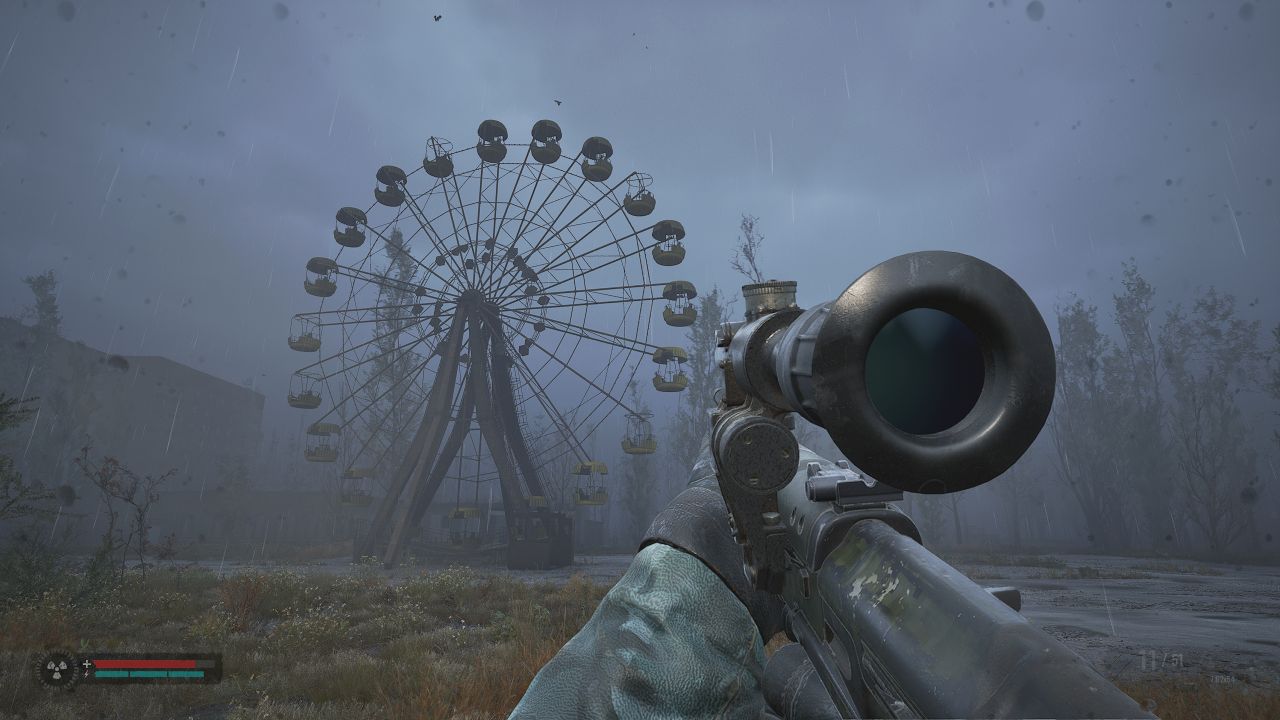
Welcome back to the Zone
While there is plenty of story in Heart of Chornobyl, most of it is vague. You enter the Zone as a man named Skif, whose house was destroyed by an anomaly that materialized outside the protected area, leaving behind a peculiar artifact. Skif brings this artifact into the Zone to find out more, but it is quickly stolen. The first half of the story consists of tracking down characters who know nothing, each pointing to somebody else who is equally clueless. At the halfway point, the story is given a temporary injection of clarity. Here players are treated to a nice recollection of the original game’s endings, and story arcs coalesce in dramatic fashion. But then it becomes more confusing and never recovers. None of this would matter if side stories were poignant, but only some of the optional content is interesting. At least it does have animated cutscenes, including first-person fights, which is one of the few modern-day perks that the sequel brings to the table.
Skif will cross paths with several different factions residing in the Zone. Most of the original groups are no more, but players eventually discover what happened and meet several old faces along the way. While there is unfortunately no reputation system, big story choices align Skif to one faction, making another one hostile. So the good news is that there are branching paths, amplifying replay value and unlocking different endings. Smaller encounters also facilitate multiple outcomes, whether that means killing somebody for loot or healing them. The adaptable story does falter though, like when a bandit group asked me to assassinate a target. It seemed prudent to kill the bandits instead, but the original target later thanked me for letting them live, despite us having never met.
The story is very much about the Zone itself, and what a massive and captivating world it is. The new Zone is much larger than the original trilogy combined and there are no loading screens, allowing players to fully sink into the world. Coming across a field of abandoned vehicles generates more wonder than previous entries. Parts of the urban Prypiat town have been recreated, and while not all buildings are explorable, it is the best version of the abandoned city to date. It is fantastic to see familiar locations from the series (and real world). And it is pleasantly surprising how many can be entered, including shacks, warehouses, checkpoints, power stations, and bunkers. Points of interest are spread out to preserve the remoteness but without too much space in between. However, many buildings are barren, and looting is shockingly clunky due to breakable containers obscuring items, so prepare to come away with a few cans of food and frustration. Despite this, there is still a strong temptation to explore every structure.
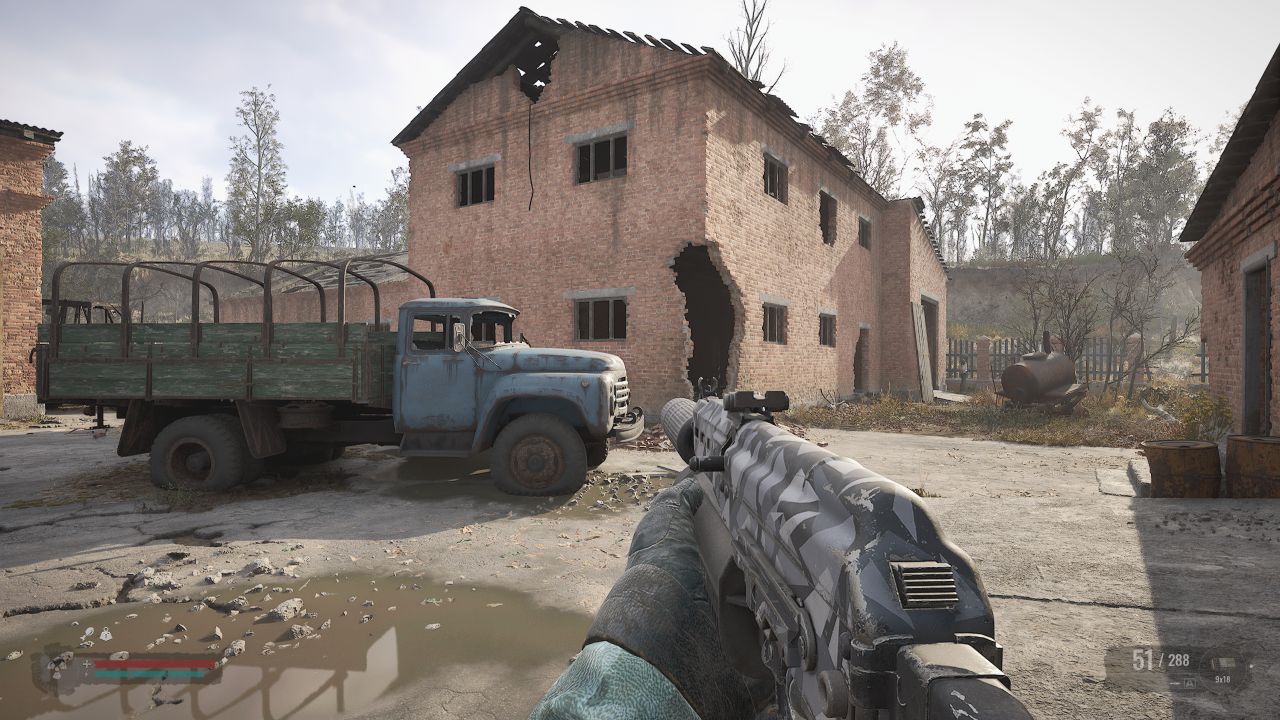
Series veterans will recognize many locations
The atmosphere in the Zone is astounding and audio plays a big role in crafting the perfect mood. Crickets, flies, creaking trees, groaning transmission towers, and the wind rustling add sound layers. Every so often a deadly Emission will hit, forcing players to shelter inside a building, so they can check their inventory and eat, before resuming their trek. Hellish screams in the distance, occasional gunfire as a group fends off mutated rats, and a wonderfully distant ambient soundtrack all help to enhance immersion. Fellow NPC explorers might gather by a fire and play the guitar, before a mutant Bloodsucker charges into the flames. After the dust settles, it starts to rain, pattering the roof of a nearby bus while the sun sets. Just going on a walk is often rewarding because of the sensational haunting ambiance.
But watch your step because dangerous anomalies are everywhere, ranging from the pesky whirligig gravity vortexes to enormous fields of electricity that might hold artifacts. Detectors can expose these treasures, while throwing bolts discharges anomaly pockets. Retrieved artifacts can be sold or equipped for passive bonuses, at the cost of radiation poisoning. Incidentally, aside from equipping artifacts, radiation was barely a concern, even near machinery that would make the Geiger counter tick like crazy.
Due to the massive world, there is unfortunately a lot of walking. Fast travel is only available between settlements, but major quest givers can be distant from these places. Players regularly have to decide between two evils: return to a settlement to unload, or head directly to a quest location with a full backpack. Just walking to an objective might take 10 arduous minutes, not including any combat interruptions. Annoyingly, unpredictable story outcomes (and bugs) can mean guides and traders become unavailable, on top of instantly canceling side quests. Despite the bigger world, the sequel does not have any of Call of Pripyat’s navigational improvements, i.e. friendly stalkers cannot escort you to a destination and only offer basic trade.

Some artifacts are worth equipping
While the best part of the gameplay loop is going somewhere distant and coming back with valuables and a story to tell, carry limits and stamina are oppressive. The walking speed is slow, and swinging the knife, trying to mantle ledges, or jumping a few times will exhaust stamina that takes too long to regenerate. Chugging down energy drinks like a Red Bull addict only lets you sprint a bit longer. One major quest in the swamps exemplified the tedious encumbrance system, thanks to ankle-high water that slowed movement and a heavy mission item. Inventory management works much like before and pack rats will find themselves overloaded often, despite abandoning many useful items. Some anomaly artifacts do increase carry limit and stamina, but this only helped a fraction late game.
At the core, Heart of Chornobyl is a basic shooter that preserves most of the original’s brutal gameplay elements. It is admirable that the series stubbornly refuses to evolve, but also a missed opportunity. There are some modern tweaks, like aiming down the sights and animations when using quick-access consumables, although the latter hurts more than it helps. There are plenty of weapons to wield, from shotguns to pistols, with various ammo types, upgrades, and scopes. Most feel decent and are accurate, but it is a pity there is no option to lay prone when using a sniper. Gun condition deteriorates, causing bullets to jam, so keeping everything repaired is smart and quite expensive. While the weapons dropped by enemies are usually broken, there are opportunities to switch it up in the field, especially if ammo has been depleted from shooting mutants.
Deadly mutants often reside in abandoned buildings and darker places. Their presence creates trepidation and a few surprises. The semi-invisible and iconic Bloodsucker takes many shotgun blasts, but it can swipe half your health away in a flurry. Psy-dogs spawn ghost copies of themselves while you clumsily hunt for the living version. And Controllers use their telepathic powers to stun while nearby zombies fire erratically. Since mutants can absorb a lot of pain, combat against them is more about exploiting the game, like by standing on a vehicle or retreating until they get stuck. Although possible to stand your ground and heal, it is typically not advisable.
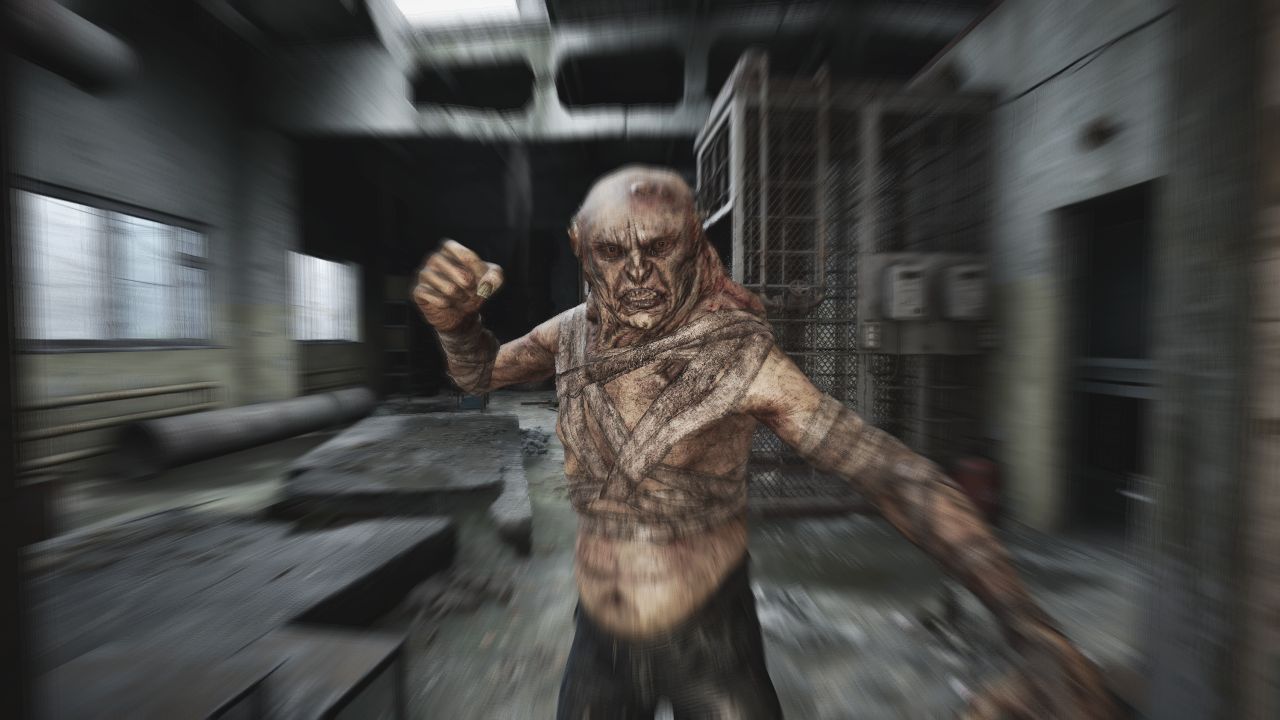
Controllers love to mess with the mind
Human opponents hit differently and make standing in the open a death sentence. Almost all have laser aim with weapons that shred your health faster than you can blink. This is similar to the first game but the new quick-use animations add irritating downtime. While the initial small enemy groups offer a quick and fair challenge, the game’s second half throws heavily armored battalions against you in an endless slog. These soldiers drop a silly amount of health, so besting them is just a matter of attrition, but that does not make it enjoyable. Tough encounters force players to flee behind cover, peak out to land a headshot, and heal to prevent an imminent bleed out. Rinse repeat this a dozen times and, when you think they’re all dead, start looting bodies and die unceremoniously to a soldier clipping through a door.
The enemy AI is unpolished at the best of times. Aside from getting stuck on corners, they regularly know exactly where you are, because they shoot through walls and turn corners with their guns locked onto your head. Even mutants will be aware the second you step down from that vehicle. So it is no surprise that stealth is poor and rarely viable, only useful in specific missions where guards are placed to face away from the player.
Hostiles spawn all around Skif to create a rough emulation of a living world. You might trundle down a quiet valley and be interrupted by two bandit groups that just spawned from where you were. The final mission kept respawning enemies just around the corner from a switch, which is ridiculous and similar to what happened in Clear Sky. Too many encounters begin as if threats have been conjured out of thin air, even though it does not happen frequently in the open world. In the original game, the A-Life system would let you kill humans, return to see their corpses being eaten by dogs, and return again to see mutants attacking those dogs. This time, if you return to the aftermath of a large battle, you will find that all bodies have vanished.
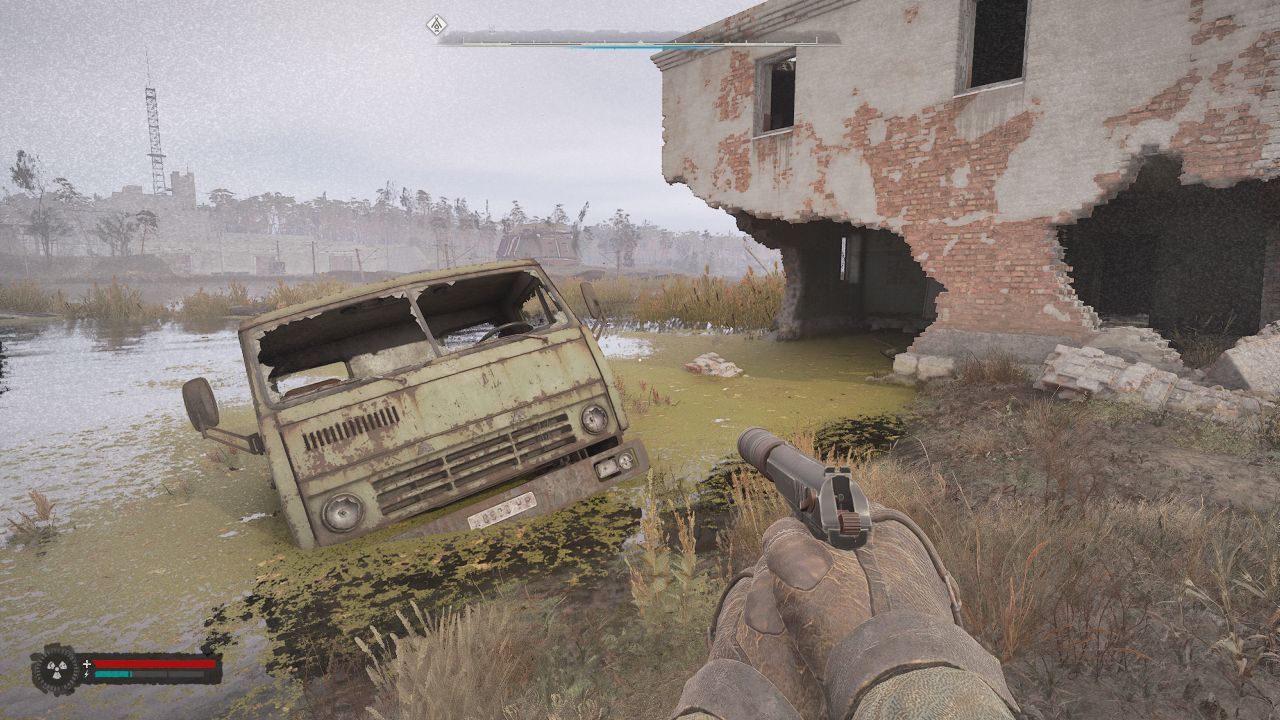
Sometimes the visuals justify the low framerate
Even with a less persistent world, the game’s performance is disappointing. The framerate takes a big hit when there are many NPCs or dead bodies. One horrible boss battle on a rooftop was near unplayable due to dozens of corpses and live targets. Out in the Zone, when all alone, the game’s higher framerate does atone. Sadly no matter where you go, glitches are never far away. The first three patches have fixed major blockers, but there are still more problems including falling through an elevator, the HUD disappearing, quests not advancing, medkits not working, getting stuck inside geometry, blocked doorways, and floating heads. One Emission killed Skif when he was inside a building occupied by traders. Add in a few crashes, and Heart of Chornobyl will take time to get into a healthy state.
It would be nice to say the game looks stunning to justify its dismal technical state, but the visuals are actually a mixed bag. Its best qualities are the detailed textures, dilapidated buildings, day-night cycle, weather effects, and bizarre anomalies, so most of the time it looks good. But it is also extremely blurry because of the reliance on upscaling and temporal anti-aliasing. Many interior spaces are bland, which is noticeable when you get to Prypiat and see how much detritus they can contain. The illumination system can look terrible with swimming radiosity, missing flashlight shadows, and mediocre reflections. Foliage is often flat with bad pop-in. There are distracting presentation bugs, including characters hovering mid-air and the audio regularly cutting out. It is also a shame that the English voice acting is awful, with a messy combination of different accents.
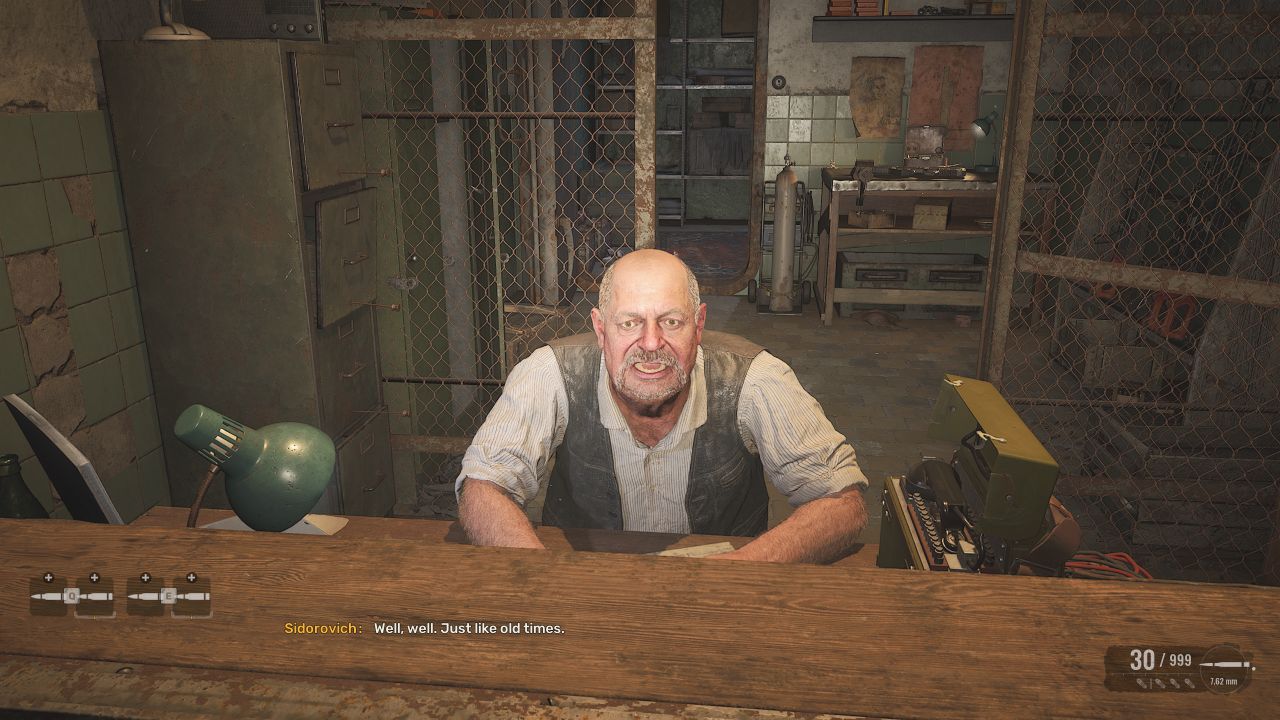
Just like old times
With many patches and tweaks, S.T.A.L.K.E.R. 2: Heart of Chornobyl might approach the quality that its rich world so deserves. The atmosphere of the Zone is remarkable and it offers around 50 hours of brutal gameplay, which should entice most franchise veterans. But the game’s problems extend beyond its dreadful performance and bugs. The larger world is somewhat of a liability, forcing players to undertake overlong treks. The NPC AI is incredibly flawed, with obnoxious spawning mechanics. Even the game’s action disappoints, as clunky shootouts become a chore. S.T.A.L.K.E.R. 2 is just like its setting: captivating, unpredictable, and one step from disaster.
 Comments
Comments

















